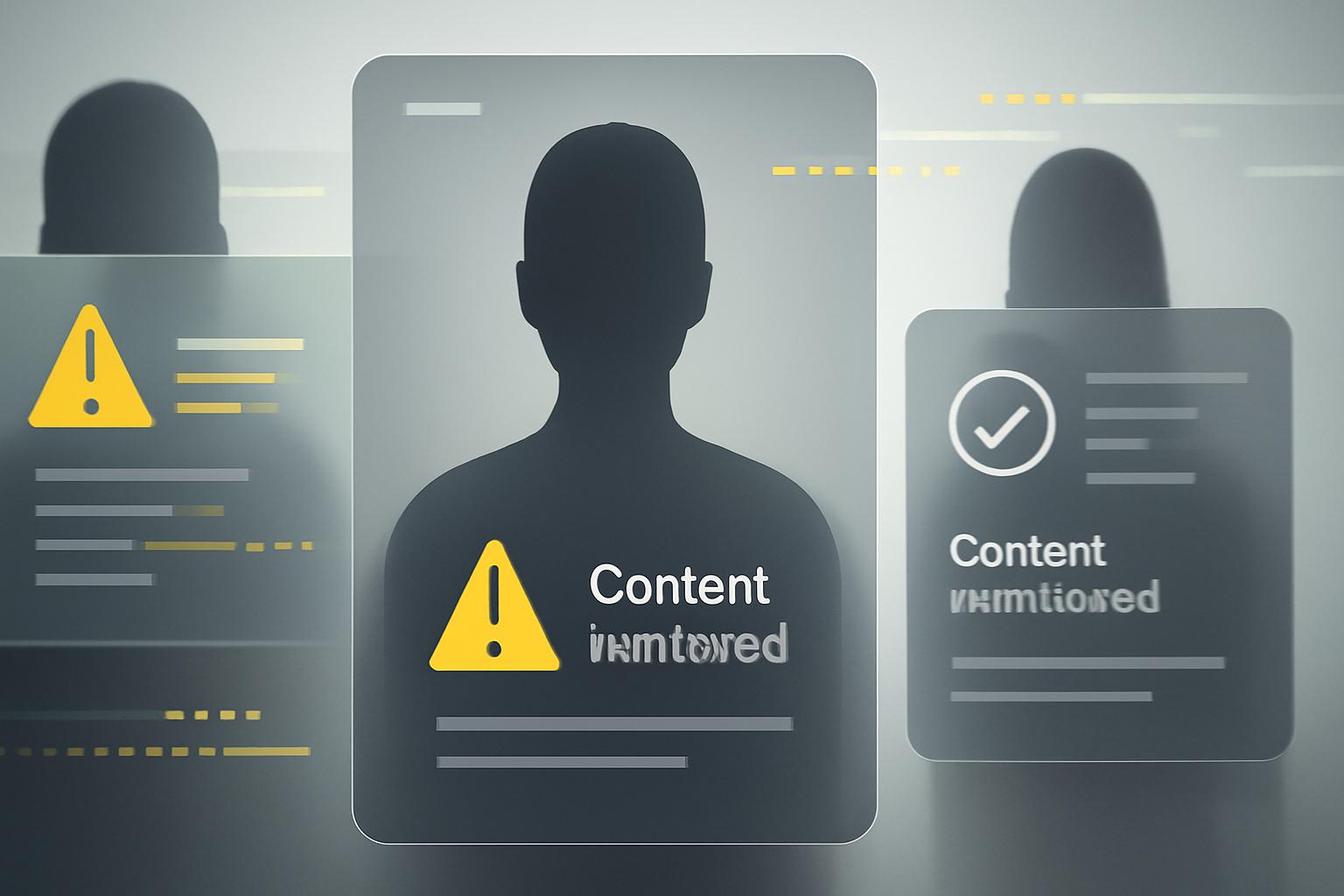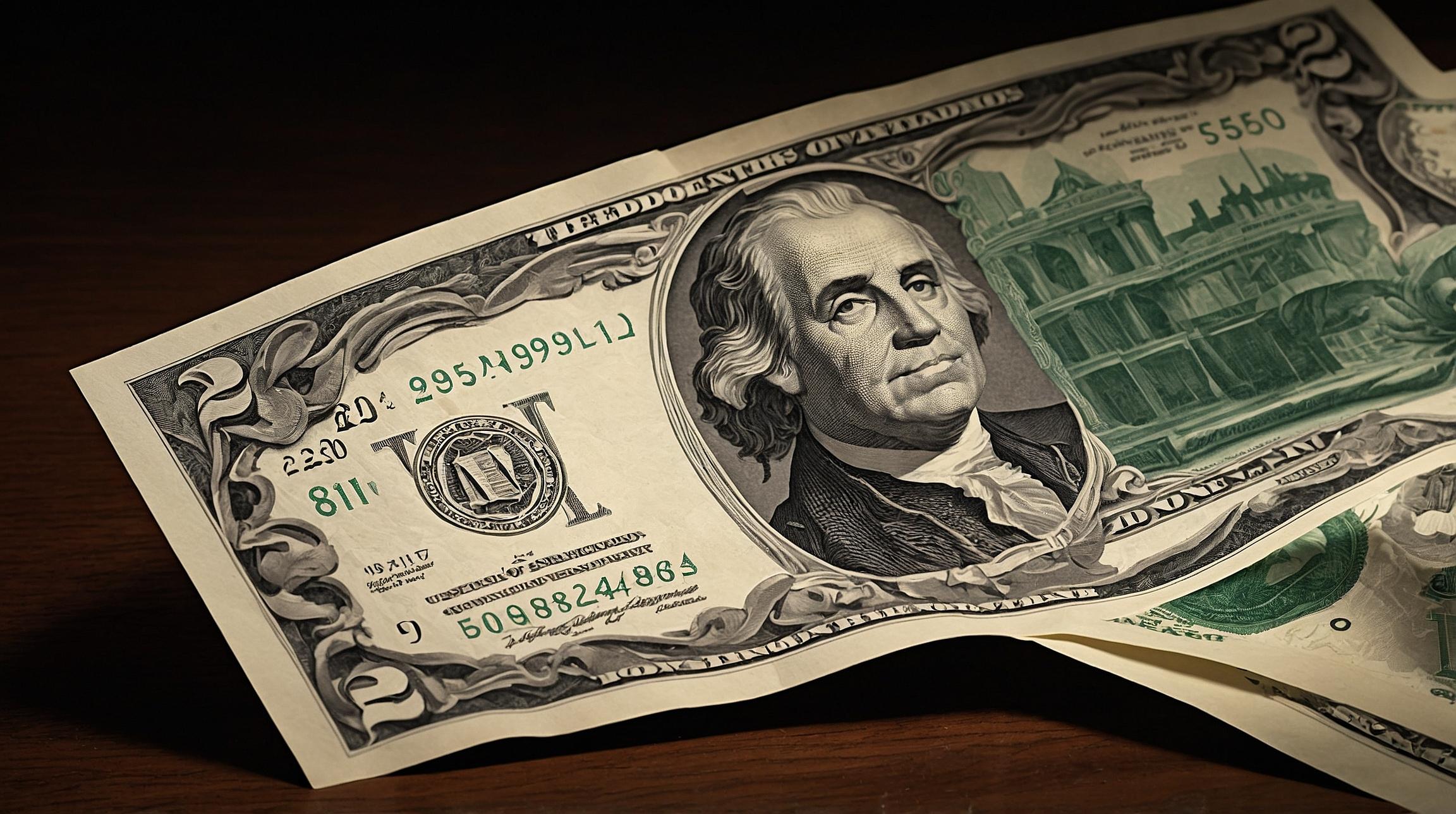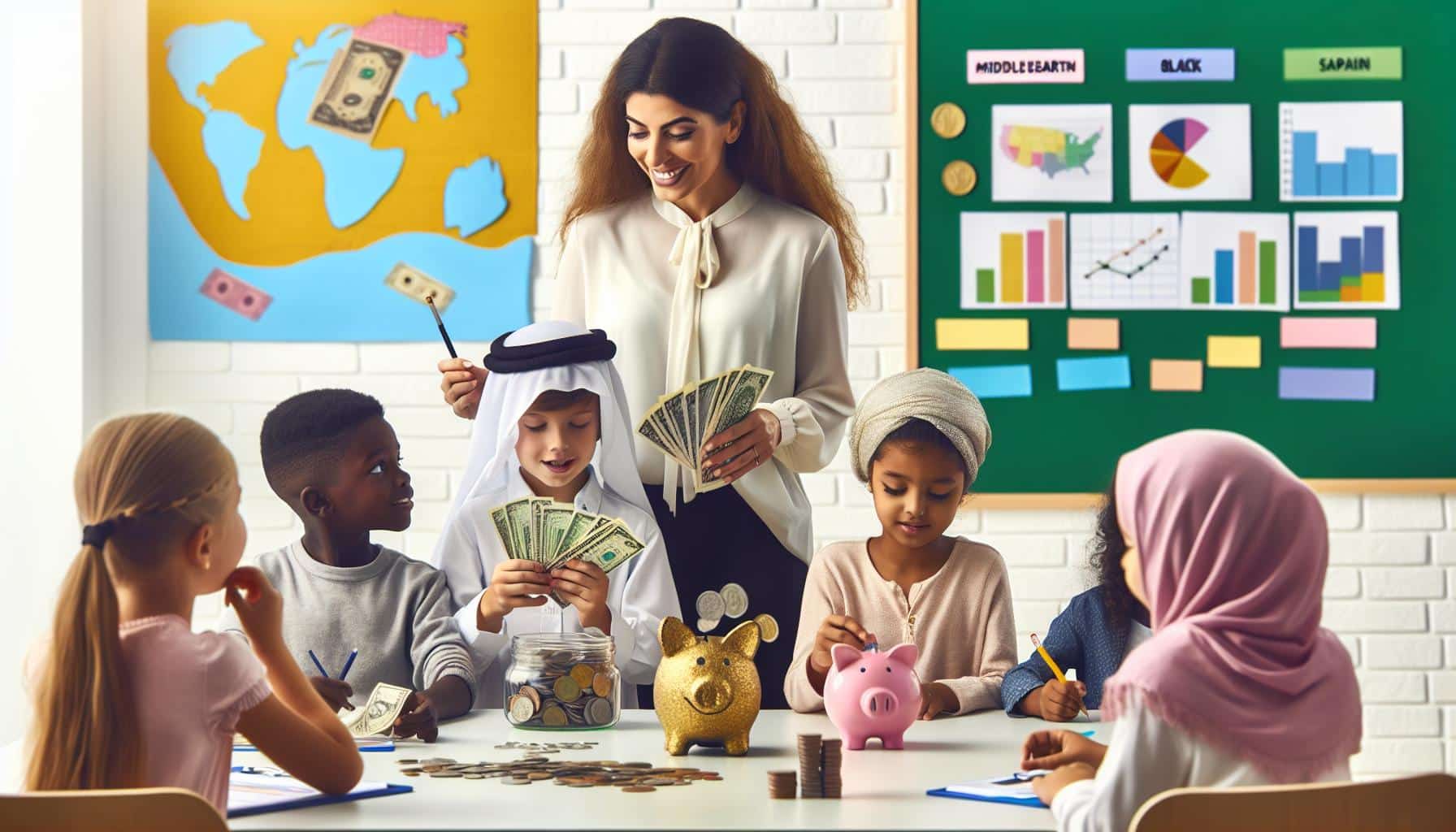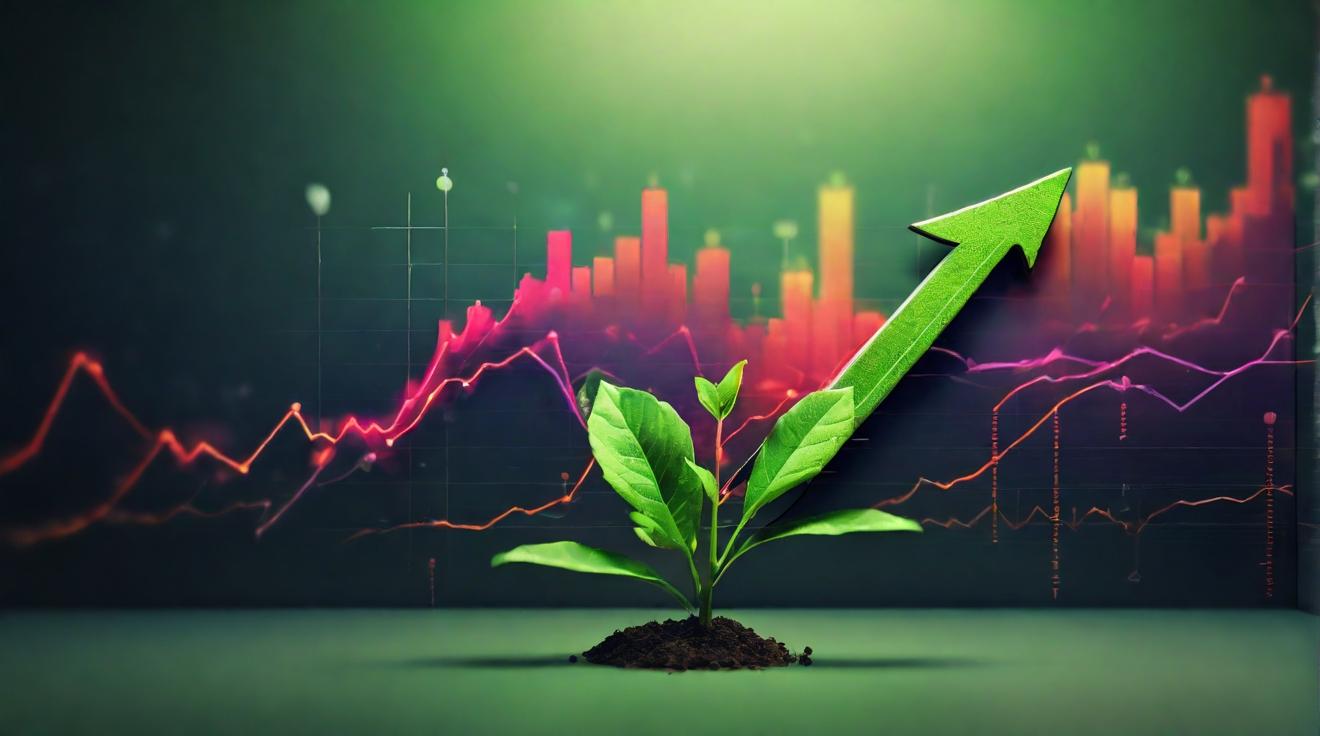Google-owned YouTube announced a significant policy shift on Tuesday, allowing creators previously banned for Covid-19 and election-related misinformation to apply for reinstatement. This marks a departure from the company’s prior stance, which imposed lifetime bans for such violations.
Pilot Program Targets Select Banned Channels
According to a letter from Alphabet’s lawyer Daniel Donovan to House Judiciary Chair Jim Jordan (R-Ohio), the reinstatement process will initially operate as a limited pilot project. It will be open only to a subset of creators and channels removed under now-retired policies regarding Covid-19 and election misinformation. YouTube confirmed via its official X account that the program will launch soon but did not specify which banned accounts will be eligible. Notable previously banned channels include those linked to Deputy FBI Director Dan Bongino, former Trump strategist Steve Bannon, and Health and Human Services Secretary Robert F. Kennedy Jr.
Context: Political Pressure and Content Moderation
This policy reversal comes amid increasing Republican scrutiny of tech companies’ content moderation practices, particularly those implemented during the Biden administration. Earlier in 2025, Rep. Jim Jordan subpoenaed Alphabet CEO Sundar Pichai, accusing YouTube of participating in what he described as a “federal government censorship regime.” During the pandemic, YouTube removed content spreading misinformation about all approved vaccines. However, Donovan’s letter acknowledged that senior Biden administration officials pressured YouTube to remove some Covid-related videos that did not technically violate company policies, a practice he deemed “unacceptable and wrong.”
YouTube officially ended its standalone Covid-19 misinformation rules in December 2024. The platform now allows a broader range of content related to Covid and election integrity under its community guidelines. Donovan emphasized that YouTube will not empower third-party fact-checkers to moderate content but will continue to support free expression. While the company does not use fact-checkers directly, it maintains features such as information panels that provide context and links to independent fact checks below videos. This approach is consistent with broader industry moves; for instance, Meta eliminated its fact-checking program on Facebook and Instagram earlier in 2025.
Fact-Checking and Contextual Information
Since 2017, Google has deployed fact-checking labels in search and news results to provide users with additional context. YouTube’s information panels function similarly, aiming to inform viewers without restricting content.
FinOracleAI — Market View
YouTube’s decision to introduce a reinstatement pathway for banned creators signals a recalibration of content moderation in response to political and public pressures. The move could influence how social media platforms balance misinformation control with free speech principles going forward.
- Opportunities: Restoring banned creators may increase platform engagement and broaden content diversity.
- Risks: Potential resurgence of misinformation could challenge platform credibility and invite regulatory scrutiny.
- Political pressures are likely to continue shaping tech companies’ moderation policies.
- Platforms may further innovate contextual information tools rather than direct content removal.
Impact: YouTube’s policy shift is a cautious step toward loosening restrictions, emphasizing free expression while managing misinformation risks. Market participants should monitor regulatory developments and user engagement trends linked to this change.













